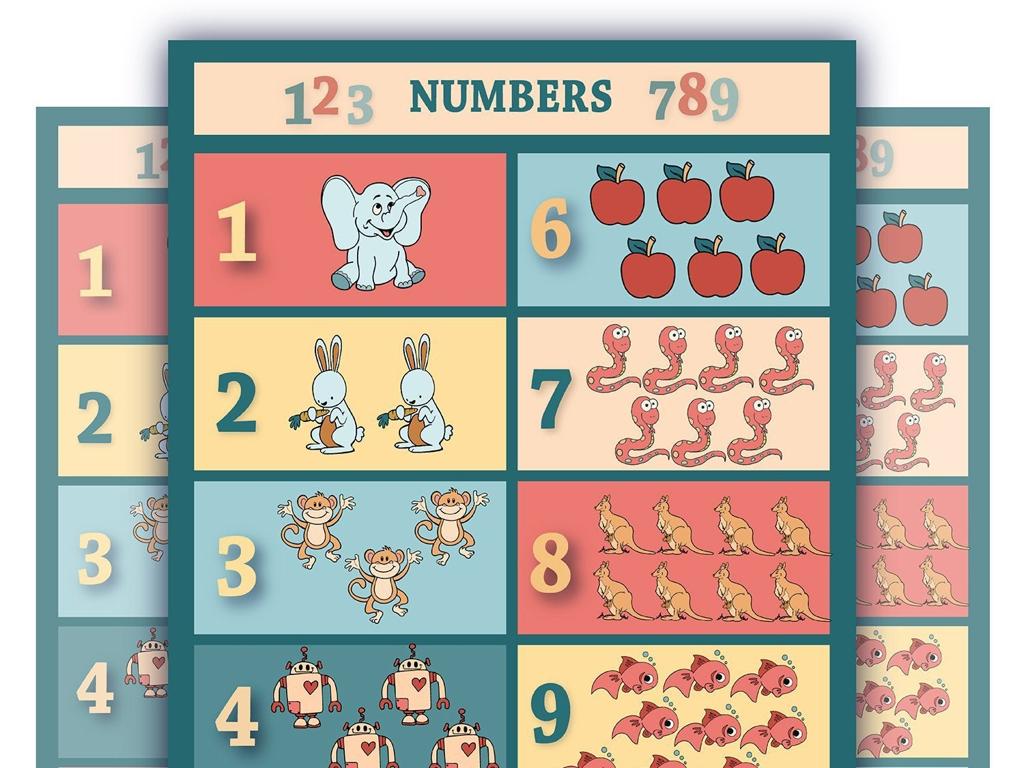Inside And Outside
Subject: Language arts
Grade: Pre-k
Topic: Location Words
Please LOG IN to download the presentation. Access is available to registered users only.
View More Content
Exploring Location Words: Inside & Outside
– Greet our little learners
– Today’s topic: Inside & Outside
– Learn what ‘inside’ and ‘outside’ mean
– Discover location words
– Words that tell us where things are
– Fun activities ahead!
|
Begin the class with a cheerful welcome to set a positive tone. Introduce the concept of location words, focusing on ‘inside’ and ‘outside’ to help students understand where objects or people can be found in relation to other things. Explain that location words are important for describing positions. Engage the students with interactive activities such as ‘Simon Says’ with inside and outside actions, or a picture-sorting game where they categorize items based on whether they belong inside or outside. These activities will help reinforce the concepts in a playful and memorable way.
Exploring Location Words: Inside & Outside
– Location words describe positions
– They help us share where things are
– Examples: inside, outside, above, below
– ‘Inside’ means within something, ‘outside’ means not within
– Today’s focus: ‘inside’ and ‘outside’
– We’ll learn what ‘inside’ and ‘outside’ mean
– Understanding ‘inside’ vs ‘outside’
|
This slide introduces the concept of location words to Pre-k students, which are essential in describing the position of objects and people. Use simple, relatable examples to illustrate ‘inside’ and ‘outside,’ such as a ball inside a box or a dog outside the house. Encourage the children to think of their own examples and use gestures to show ‘inside’ and ‘outside.’ This will help them understand the concept in a fun and interactive way. The goal is for students to be able to use these words correctly and understand their meaning in context.
Exploring ‘Inside’: Location Words
– ‘Inside’ means being within something
– Examples: Toys in a box, apple in a basket
– Think of a toy chest or fruits in a bowl
– Find things inside our classroom
– Can you point to books inside our library area?
– Why ‘inside’ is a special word
|
This slide is aimed at teaching Pre-k students about the concept of ‘inside’ as a location word. Use a soft and encouraging tone to create a comfortable learning environment. Show examples of common items that are typically found inside other things, like toys inside a toy box or an apple inside a fruit basket, to help them understand the concept. Engage the students by asking them to point to and name items that are inside the classroom, such as books in the library area or crayons in a cup. Explain that ‘inside’ helps us know where things are and it’s a word that helps us describe the location of objects in relation to other objects. Encourage participation and praise their efforts to build confidence.
Exploring ‘Outside’
– Understanding ‘Outside’
– ‘Outside’ means not inside something
– Examples of ‘Outside’
– Like a ball outside a box
– ‘Outside’ at school
– What do you see outside our school?
– Think of ‘Outside’ items
|
This slide introduces the concept of ‘outside’ to Pre-k students. Start by explaining that ‘outside’ refers to a place that is not inside an area or boundary. Use simple, relatable examples such as a ball being outside of a box or a dog being outside of a house to illustrate the meaning. Encourage the children to think about what they see when they are outside of the school building, like the playground, trees, or cars. This will help them connect the word to their environment and understand its usage in context. The goal is to make them aware of their surroundings and the concept of ‘inside’ versus ‘outside’.
Let’s Practice: Inside or Outside?
– Play ‘Inside or Outside?’ game
– We’ll guess where things belong
– Look at pictures together
– Pictures of rooms, buildings, parks, etc.
– Decide if it’s inside or outside
– Use clues in the picture to decide
– Cheer each other for correct answers
|
This interactive game is designed to help Pre-k students understand and practice the concept of ‘inside’ and ‘outside’ as location words. Display various pictures and ask the students to categorize each picture as ‘inside’ or ‘outside’. This could include images of objects in a house (inside) or in a playground (outside). Encourage all students to participate by taking turns or shouting out answers. Provide positive reinforcement for correct answers to build confidence. The activity should be engaging and fun, fostering a supportive learning environment. For students who may struggle, offer hints or simplify the choices. The goal is to make learning location words enjoyable and memorable.
Story Time: Inside and Outside
– Read a story with ‘inside’ & ‘outside’
– Choose a story with clear inside and outside scenarios
– Engage with interactive questions
– ‘Where is the puppy now? Inside the house or outside?’
– Discuss ‘inside’ and ‘outside’ moments
– Talk about parts of the story with inside and outside settings
– Identify ‘inside’ and ‘outside’ together
|
This slide is for a story time activity designed to teach Pre-k students about the location words ‘inside’ and ‘outside’. Select a short story that contains distinct examples of characters or objects being inside and outside. As you read, pause to ask questions that prompt students to think about where the events are taking place. After reading, have a discussion about the story and guide the students to identify moments when characters were inside or outside. This interactive approach helps students understand the concept of location and how to use these words in context. Encourage students to use their hands to point or gestures to indicate ‘inside’ and ‘outside’ during the discussion for a kinesthetic learning experience.
Class Activity: Inside or Outside Hunt
– Go on a hunt for items in class
– Is it ‘inside’ or ‘outside’?
– Decide where each item belongs
– Take turns sharing your findings
– Learn location words together
– Reinforce the concept of inside vs. outside
|
This interactive activity is designed to help Pre-k students understand the concept of ‘inside’ and ‘outside’ as location words. Set up a safe, supervised hunt around the classroom with various items that would typically be found either inside (e.g., a book, a pencil) or outside (e.g., a leaf, a rock). Guide the students to explore and categorize the items they find. Encourage each child to explain their reasoning when they share their findings with the class. This will not only help them grasp the concept but also develop their language and reasoning skills. Possible variations of the activity could include sorting pictures of items, using a toy house, or even a simple outdoor excursion, weather and safety permitting.
Wrapping Up: Inside and Outside
– Recap: ‘Inside’ means within something
– Recap: ‘Outside’ means not within something
– Great job participating today!
– Next time: ‘Above’ and ‘Below’
– We’ll explore things above us like the sky and below like the ground.
|
This slide is meant to conclude the lesson on ‘inside’ and ‘outside’. Start by summarizing the key points, ensuring that students understand that ‘inside’ refers to being within something, like being inside the classroom, and ‘outside’ refers to being out of something, like playing outside the house. Praise the students for their active participation and engagement throughout the lesson. This positive reinforcement will encourage them to continue participating in future lessons. Lastly, give them a sneak peek of the next lesson, which will cover ‘above’ and ‘below’, to pique their interest and prepare them for the upcoming concepts. Use examples like birds in the sky (above) and ants on the ground (below) to make it relatable.






